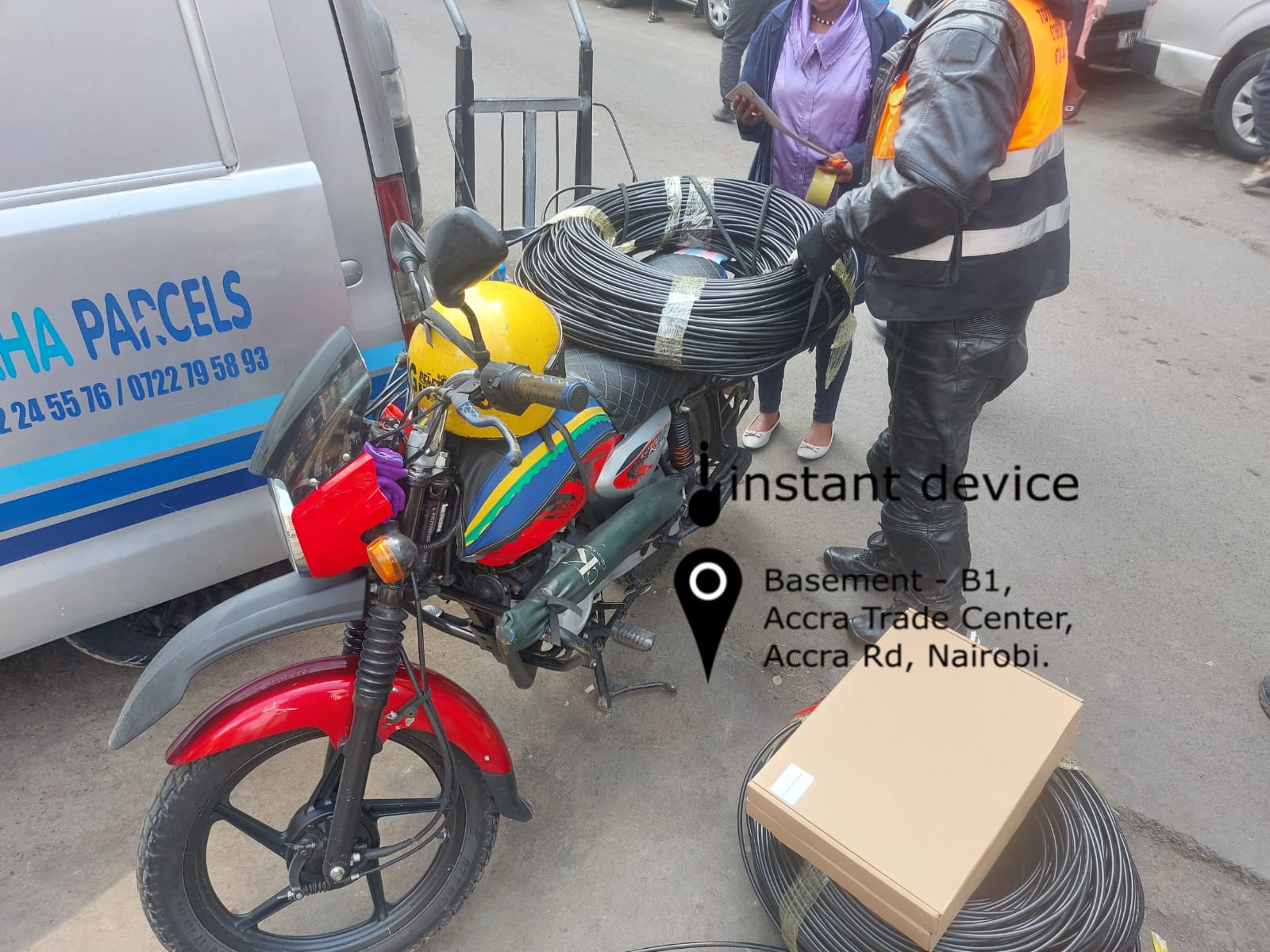How a Promise of Frictionless Rides Collapsed Into Street-Level Hustles
Not long ago, Uber and Bolt were sold to Nairobi as symbols of modern convenience. Tap a button, get a ride. A city famous for its chaos would finally enjoy predictable mobility.
But today, that dream is buried under layers of distrust. Even after downloading every app in the ride-hailing category, a Nairobi rider is just as likely to be stranded as they were ten years ago, only now, with the false sense of security that comes from watching a car icon circle endlessly on a screen.
The disruption has come full circle. What was once pitched as frictionless is now generating the greatest friction of all.
Drivers vs. Platforms: A Broken Compact
The standoff between drivers and apps has dragged on for years. Drivers argue commissions are too high and fares too low. Platforms insist they are balancing supply with affordability.
The stalemate has produced a peculiar outcome. Right now, almost every driver in Nairobi is registered on multiple apps, hedging against whichever one pays least on any given day.
I walked away from the cab business back in 2018 after two years of driving. Even then, it was obvious that the model was unsustainable. Seven years on, the crisis is no longer hidden, it is the everyday experience of riders and businesses alike.
The Hustles Behind the Wheel
What makes Nairobi’s ride-hailing ecosystem uniquely corrosive is not just scarcity, but manipulation.
Some drivers now flatly refuse to honor in-app promotions. Riders are told to pay the full estimated fare, while the driver quietly pockets the bonus from Uber or Bolt.
Others decline to end the trip, keeping the rider trapped in the system with no way of verifying the discounted fare.
Then there are darker tricks.
A driver may “complete” a ride without ever starting it in the app, sidestepping commission fees entirely.
On paper, nothing happened.
In reality, it leaves passengers dangerously exposed. If an incident occurs, the app provides the driver a perfect alibi. There was no trip to begin with.
What was designed as an elegant digital contract has mutated into a high-stakes game of deception.
A Business Owner’s Dilemma

For entrepreneurs in Nairobi’s CBD, the fallout is immediate. Sending a package across town has reverted to pre-Uber norms.
- Negotiating face-to-face.
- Paying cash.
- Relying on fragile trust.
Ordinary riders fare no better. Many now face demands for upfront tips before a journey even begins, or watch as drivers cancel repeatedly until a “better” fare appears.
The efficiency once promised has dissolved into haggling in the streets.
The Larger Lesson
This isn’t just about mobility. It’s about what happens when technology assumes trust can be automated.
Uber sold Nairobi a vision of systems over friction, of apps over negotiations. But systems only hold if incentives align. Here, they never did.
So if Nairobi is on your bucket list, plan ahead for how you’ll get around. Because my city will not offer you the comfort of spontaneous rides you’ve grown used to elsewhere.
The apps are still here. The cars are still here.
What has vanished is trust.
And once trust disappears, the business model dies with it.

